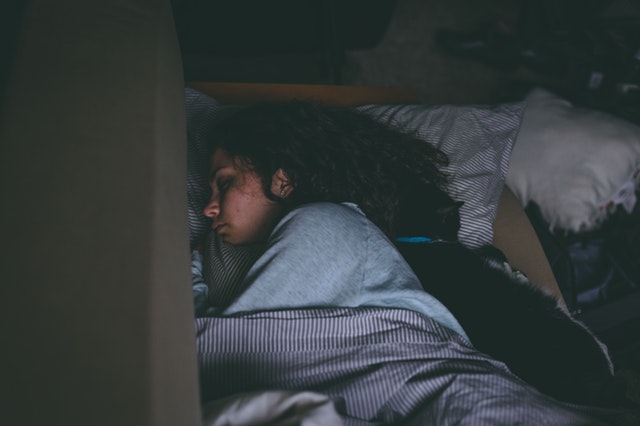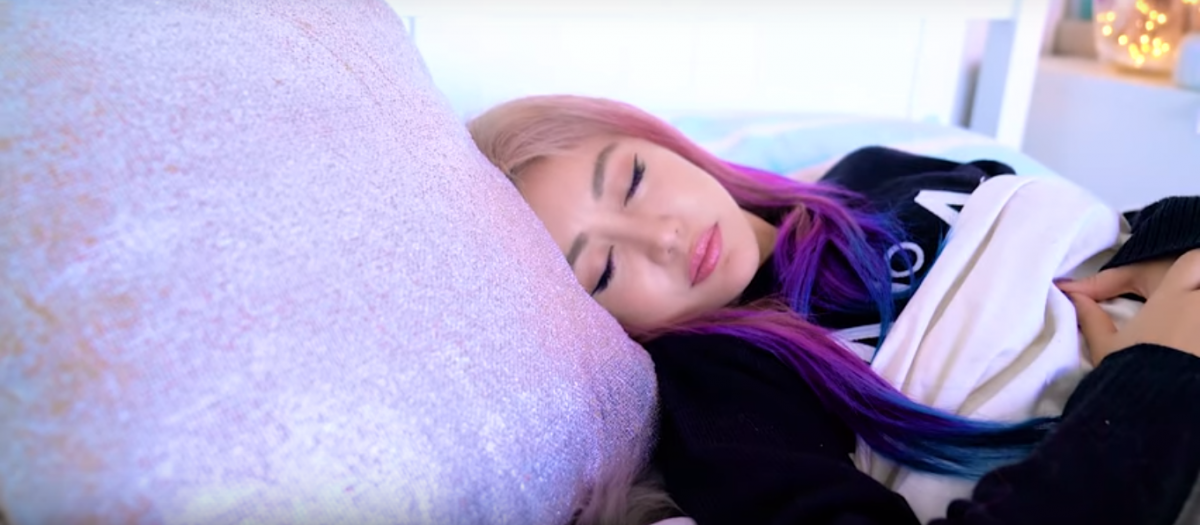It is normal to wake up at night and go through different sleep cycles. If we wake up several times a night without really realizing it, it’s because we have learned to go back to sleep alone.
 |
 |
“The child who wakes up will want to find the same references that allowed him, at first, to fall asleep. Thus, if it is your hand that flatters his hair that allows him to sink into sleep, he will look for your hand at all his nocturnal awakenings 1 »Gradually fade becomes the key for the child to create landmarks that he can recover autonomously when we are no longer at his side at night.
Some strategies to teach the child to fall asleep alone:
Observe the routine and the actions taken each evening, and gradually try to withdraw from them. For example, if sleep patterns involve the presence of a parent in the child’s bed, we could gradually move away from the bed. Thus, the steps to fade our existence could be:
- We sleep with our child until he sleeps

- We sit near our child in bed
- Sit at the foot of our child’s bed
- Sit on a bed chair near the bed
- Gradually move the chair out of the room
- Standing five minutes in the doorway
- Gradually decrease the time spent near the door
It is tempting to give our child a bottle to help him fall asleep. However, this habit may be challenging to replace later. Also, Health Canada warns parents that this practice increases the risk of caries in children. 2 If our child wants to drink, let a glass of water close to his bed so that he can drink himself.
Use a reassuring transition object for our child, which he will keep in his bed and can use if he wakes up. If our child has no transition object, it is sometimes useful to introduce one to facilitate the routine (ex .: cuddly toy, doggie). Let us then that our child can use the object independently, especially if it has physical limitations so that the routine does not rely on the parent. For example, let’s make sure he can wear his pacifier to his mouth or easily find his blanket in his bed.
 In case of night awakenings
In case of night awakenings
Always use the same short, benevolent but firm sentence to indicate to our child that it is night, for example: “It’s night, we sleep! “
Make our visit brief and complete in less than a minute.
If our child is crying, return to see him by spacing the time between visits.
If our child wakes up too early in the morning, the same technique can be used.

